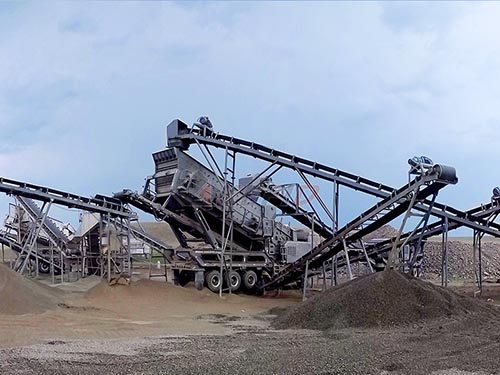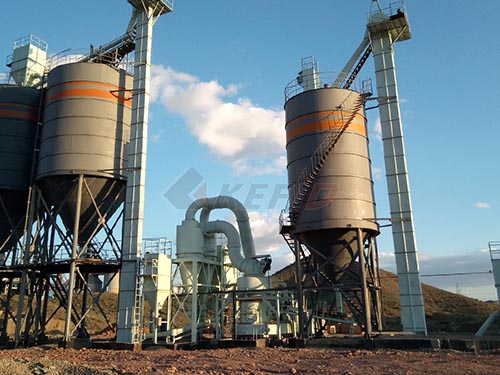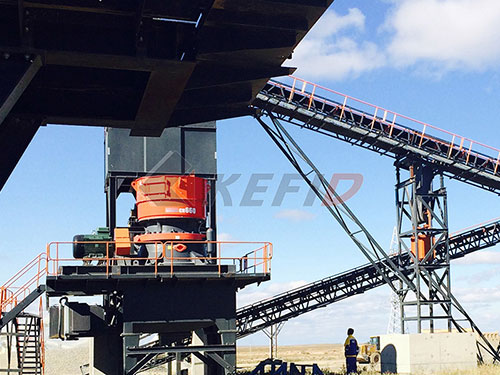Beyond Waste: Unlocking the Value of Crusher Stone Screenings
For decades, the fine material generated during rock crushing operations – often dismissively termed “crusher waste,” “quarry dust,” or simply “screenings” – was viewed as an inconvenient byproduct. Mountains of this granular material accumulated at quarries and crusher sites, representing lost resources and potential environmental liabilities. However, a significant shift is underway. The construction industry is increasingly recognizing that these screenings are not waste at all, but a versatile and valuable resource capable of driving sustainability and cost-efficiency across numerous applications.
Understanding Crusher Stone Screenings
Screenings are the finely crushed stone particles produced when larger rocks (like limestone, granite, trap rock, or gravel) are processed through primary and secondary crushers and then screened. Typically passing through a 3/8-inch (9.5mm) or 1/4-inch (6.3mm) sieve, and often including a significant portion of material finer than the No. 4 (4.75mm) sieve down to dust, screenings possess unique characteristics:

Gradation: Primarily fine particles with minimal coarse aggregate.
Shape: Angular particles resulting from mechanical crushing, offering excellent interlock potential.
Composition: Mineralogically identical to the parent rock source.
Moisture Content: Can vary significantly depending on processing and storage conditions.
Moving Beyond “Waste”: Applications

The true value of screenings lies in their diverse functional uses:
1. Road Base & Sub-base Stabilization: Screenings excel as a stabilizing agent for road bases and sub-bases. Their angular shape locks together effectively under compaction, creating a dense, stable foundation layer that resists deformation under traffic loads. They can be used alone or blended with coarser aggregates to achieve optimal density and drainage characteristics for specific project requirements.
2. Utility & Pipe Bedding / Backfill: The controlled gradation and compactability make screenings ideal for bedding around pipes (water, sewer, drainage). They provide uniform support, minimize point loading on the pipe, facilitate proper alignment during installation, and allow for effective compaction around the haunches to prevent future settlement. As trench backfill material above bedding layers, they offer excellent compaction properties.
3. Paver Base & Joint Filling: For interlocking concrete pavers or segmental retaining walls (SRWs), screenings are a preferred base material due to their ability to be screeded perfectly flat and compact

Leave a Reply